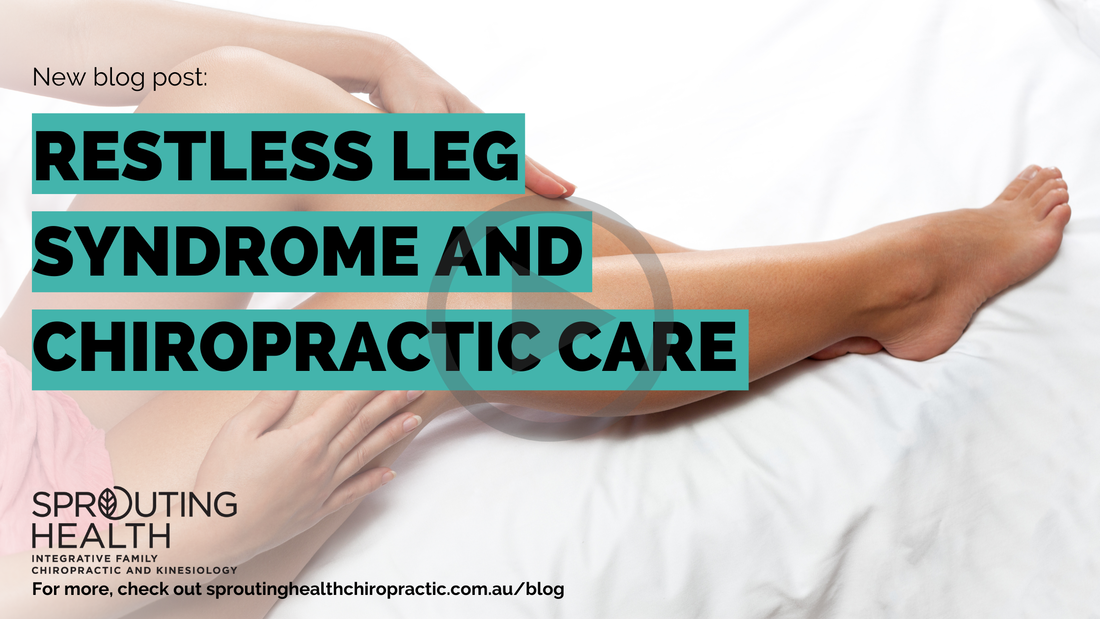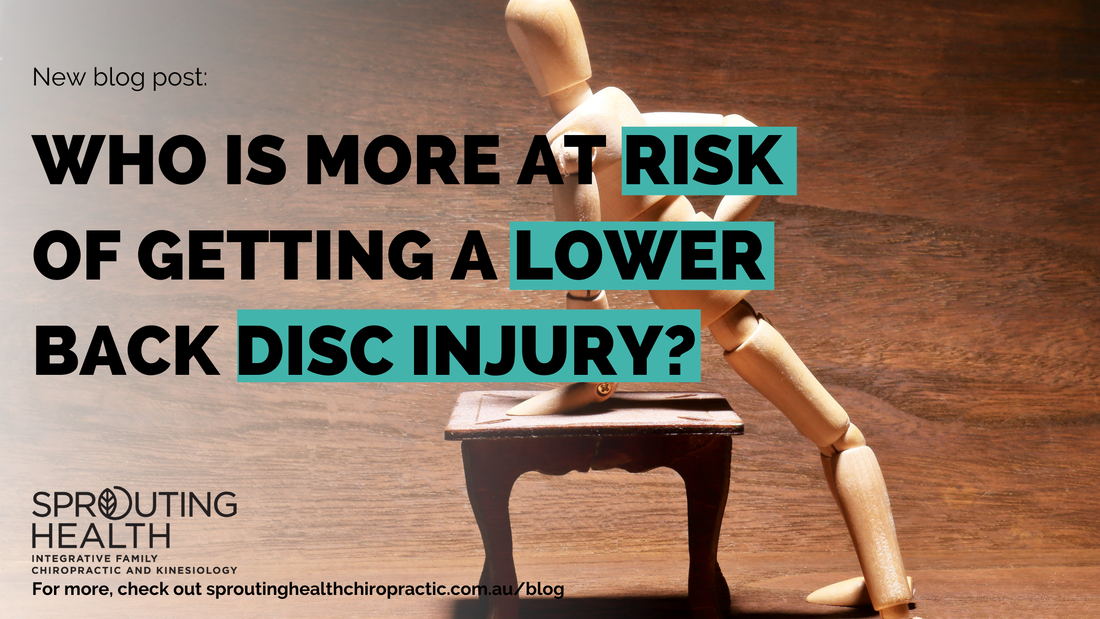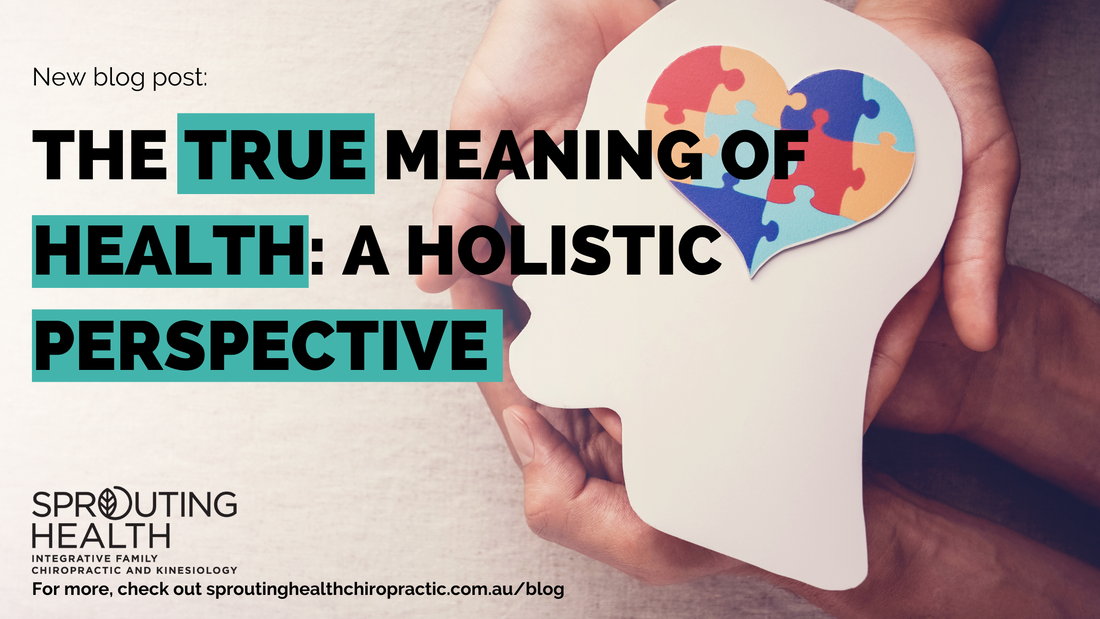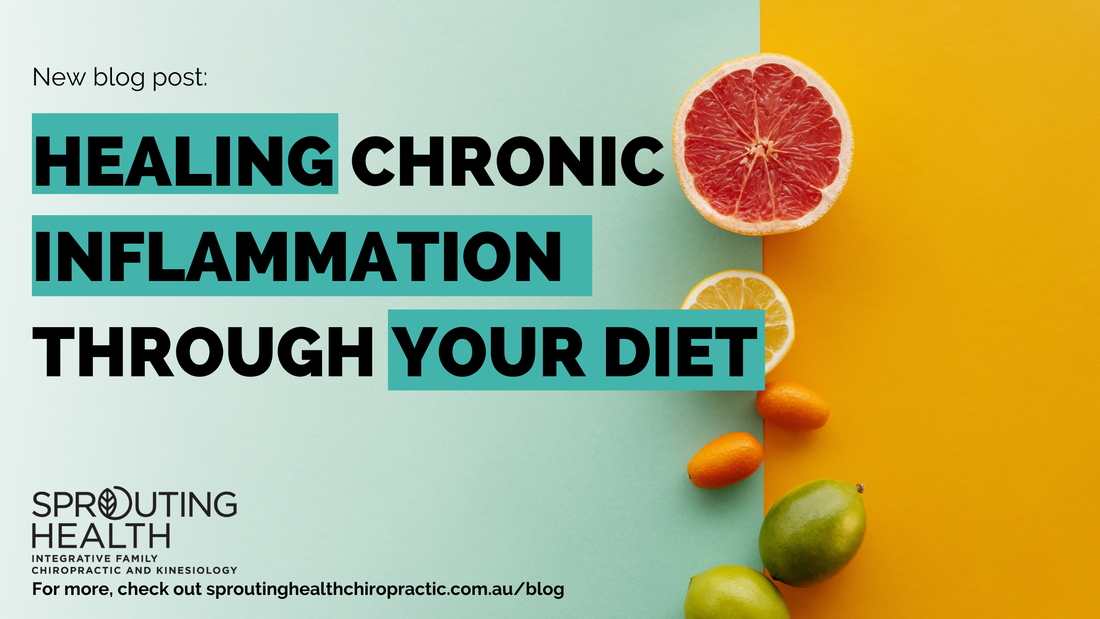|
Restless Leg Syndrome is a nervous system disorder characterised by the uncontrollable urge to move the legs. This is a widely common condition that affects millions of people worldwide, negatively impacting quality of life and significantly creating sleep disturbances 1. In conjunction with the irrepressible urge to move the legs, restless leg syndrome is usually accompanied with sensations such as itching, tingling, and crawling. Symptoms tend to worsen during long periods of inactivity or at night.
Chiropractic care focuses on promoting musculoskeletal and nervous system health through numerous techniques and methods. Chiropractic care can help manage symptoms associated with restless leg syndrome through:
References:
0 Comments
Lower back pain has always been a hot topic in clinical settings. The statistic shows 80% of the population will experience lower back pain at some point in their life.(1) This includes muscle spasms and minor muscle tear injuries to the more debilitating condition such as disc herniation. Knowing the prevalence of lower back pain is undeniably high, it would make sense to know how injuries can happened, and who is more likely to hurt themselves.
Over the past few decades, researchers have learnt the spine is extremely robust, combining vertebrae and intervertebral disc (IVD), it allows us to perform different activities such as walking, jumping, lifting and other occupational work. Yet, injuries can happen when the loading is greater than what our spine can handle, especially during compression, axial rotation, flexion and continuous loading.(2) A few different studies were performed over time, aiming to find out what postures would put our spine, more specifically lumbar spine, into the most vulnerable position to injuries.(3) The top 3 highest loading to lumbar spine are lifting with knees straight, followed by lifting with arms extended(load away from centre of gravity), and lifting in squat or sitting position.(3) Our hardworking tradesman or labour workers are higher at risk, however simple tasks like picking up a coin, using the whipper snipper, cleaning or reaching to your kids at the back seat, can equally put yourself at risk! The top 3 least loading activities to lumbar spine are lying down flat, siting and standing up right without extra load.(3) These positions are generally the most comfortable and best for recovery for patients who suffer from acute disc injuries. Just because numbers don’t lie, there’s more! The incidence of a herniated disc is about 5 to 20 cases per 1000 adults annually and is most common in people in their third to the fifth decade of life, with a male to female ratio of 2:1.(1) That means men in their 30s to 50s are the most at risk of a disc herniation injury. At sprouting health, we believe spinal health is way far beyond the absence of pain. Check out our previous blogs to discover more about how spinal health can positively affect hand grip strength, proprioception and balance. If you or your loved ones are suffering from back pain, please don’t hesitate to speak to one of our chiropractors to see how we can help manage your concerns. References 1. Al Qaraghli MI DJO. Lumbar Disc Herniation StatPearls [Internet]: Treasure Island (FL): StatPearls Publishing; 2023 [updated 2023 Feb 12. Available from: https://www.ncbi.nlm.nih.gov/books/NBK560878/. 2. Desmoulin GT, Pradhan V, Milner TE. Mechanical aspects of intervertebral disc injury and implications on biomechanics. Spine. 2020;45(8):E457-E64. 3. Bassani T, Stucovitz E, Qian Z, Briguglio M, Galbusera F. Validation of the AnyBody full body musculoskeletal model in computing lumbar spine loads at L4L5 level. Journal of biomechanics. 2017;58:89-96. Unfortunately for many, inflammation is a part of everyday life. Like we discuss here at Sprouting Health, inflammation can increase if we are not physically, chemically, and emotionally balanced. So, what are some signs of chronic inflammation? And how can we lower these inflammation levels naturally?
Signs of chronic inflammation include balance problems, insulin resistance or high blood sugar, muscle weakness, diarrhea, low back pain, fatigue, brain fog, blood clots, memory problems, and many more! Some people may equate these things as to just a matter of stress – but we must remember, these symptoms are not normal! The good news is, that people everywhere are starting to learn that the best way to reduce inflammation comes from what is inside our refrigerator, not just things we are picking up at the chemist. When our immune system identifies a foreign object (like a chemical – food, fluid, plant, etc.) in our body, the inflammation process begins. Although inflammation can be a good sign that our body is working hard to defend us against harmful chemicals or foreign objects, sometimes inflammation can persist and over time can contribute to the development of cancer, heart disease, arthritis, depression, and Alzheimer’s. Many experimental studies have shown that components of food or beverage may have anti-inflammatory effects and if you choose the right anti-inflammatory foods for your body, you may be able to substantially lower the risk of illness. The more anti-inflammatory and healthy foods that we put in our body, the better we will feel for longer periods of time. Particularly, fruits and vegetables such as blueberries, apples, and most importantly, leafy greens, will help contribute to lower inflammation levels and ensure you are full of antioxidants and other protective substances. Dr. Frank Hu, a professor of nutrition and epidemiology in the Department of Nutrition at the Harvard School of Public Health says that some inflammatory foods like refined sugar, gluten and dairy can cause excess inflammation in our brains and bodies and can be a contributor to the development of chronic health diseases in the general population. Dr. Hu also states that a healthy diet is beneficial not only for reducing risk of chronic disease, but also for mood improvement, function in daily living, and quality of life. 1. Harvard Health Publishing. Foods that fight inflammation [Internet]. 2021 [cited 2023 Jun 21]. Available from: https://www.health.harvard.edu/staying-healthy/foods-that-fight-inflammation#:~:text=Anti%2Dinflammatory%20foods,-An%20anti%2Dinflammatory&text=green%20leafy%20vegetables%2C%20such%20as,%2C%20blueberries%2C%20cherries%2C%20and%20oranges |
AuthorBlogs by the team at Sprouting Health Archives
July 2024
Categories |





 RSS Feed
RSS Feed
